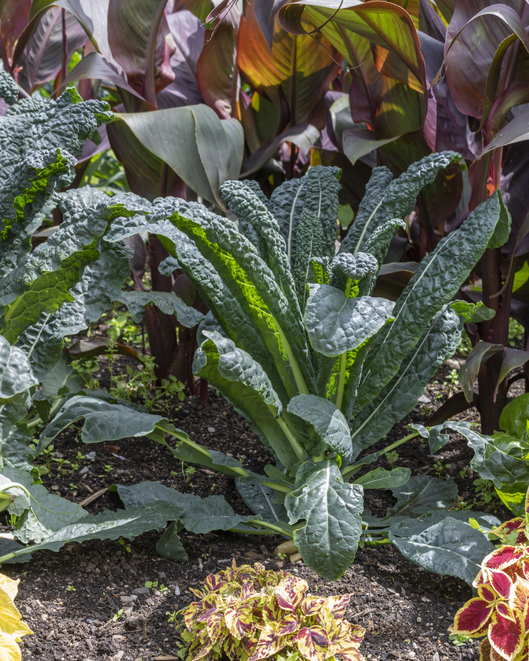Georgia residents have faced a series of droughts and water restrictions in recent years, making water a precious commodity and leaving citizens with the burden of finding alternatives to reducing and conserving their water use. Harvesting rainwater, however, is an alternative for homeowners that not only provides a water source in times of drought and water bans, but also can help the environment.
“Rainwater harvesting is not terribly complicated, but it does help to think about conserving water,” said Frank Henning, a liaison between the EPA and land-grant universities in the Southeast, “especially as the population grows and more stress is being placed on a limited water supply.”
Henning, who formerly worked for University of Georgia Cooperative Extension, encourages rainwater harvesting for homeowners. He says by capturing rain, “you reduce the amount of storm water and save energy because water doesn’t have to be pumped, treated and sent to your home.”
To determine the appropriate rainwater harvesting system size, homeowners should first see how much water they use for irrigation by either checking their outside meters or by estimating average yearly use by looking at their water bills.
Next, homeowners need to use a bit of creativity to figure out how rainwater can be collected from their roof and diverted into a harvesting cistern.
“[With] a 2,000-square-foot roof and 1 inch of rain, a homeowner could generate over 1,200 gallons of water,” Henning said. Most parts of Georgia receive about 50 inches of rain per year, so that’s about 60,000 gallons of water from a roof per year.
By combining information about how much rainwater is needed for irrigation and other outdoor purposes with information on how much rain it is possible to collect, homeowners can then determine the size of a tank. Professionals that are American Rainwater Catchment Systems Association certified can assist with purchase and installation. Alternatively, homeowners could install a rain barrel, which collects a smaller amount of water.
The expense of a rainwater harvesting system can vary depending on the material the tank is made out of (with plastics being less expensive than galvanized metal or aluminum), the location of the tank (on a hilly, rocky or a level site) and ornamentation surrounding the catchment system.
“As the tank size increases, the cost per gallon harvested actually goes down,” Henning said. “It wouldn’t be unreasonable to have a cistern that will hold 1 gallon per square foot of roof area, or around 2,000 gallons for an average-sized house.”
Rainwater harvesting systems can also help homeowners earn points toward LEED or low-impact development certification.
Once systems are installed, homeowners are responsible for the maintenance of cisterns or tanks. Without proper installation and upkeep, mosquitoes, organic material, algae growth and freezing tanks can all become issues.
However, the benefit of conserving water and being able to irrigate your lawn and garden in the midst of drought or a water ban is worth issues that could come up, Henning said.
In a recent publication, Henning and Sheryl Wells, a UGA stormwater specialist in the College of Agricultural and Environmental Sciences, further explain the benefits of rainwater harvesting. For more information on rainwater harvesting, go to stormwater.uga.edu or www.caes.uga.edu/Publications/displayHTML.cfm?pk_id=7917.
UGA is also sponsoring a rainwater harvesting course at 8:30 a.m. on May 23. This one-day introductory workshop is open to anyone interested in learning more about rainwater harvesting for applications like landscape irrigation. For more information and the full course agenda, go to www.arcsa.org.








